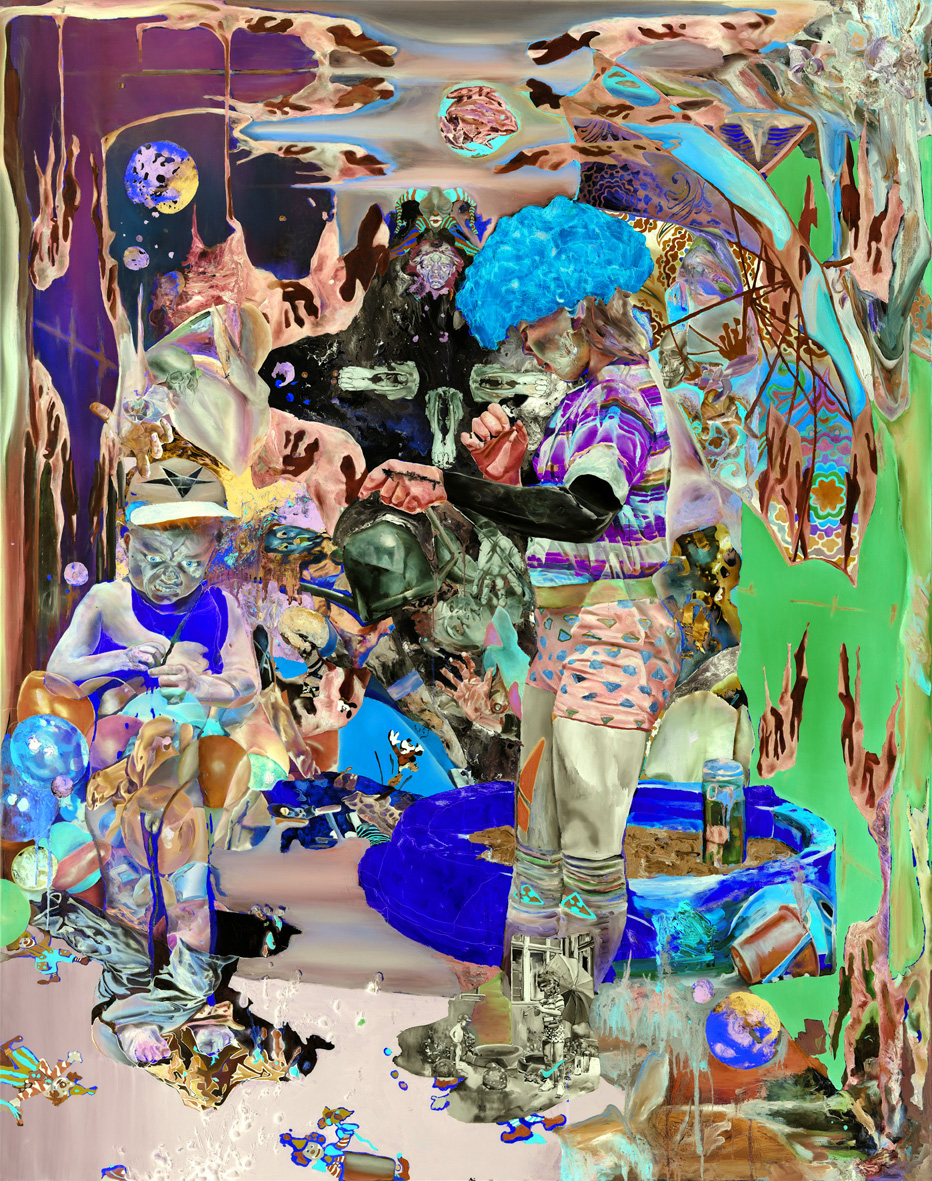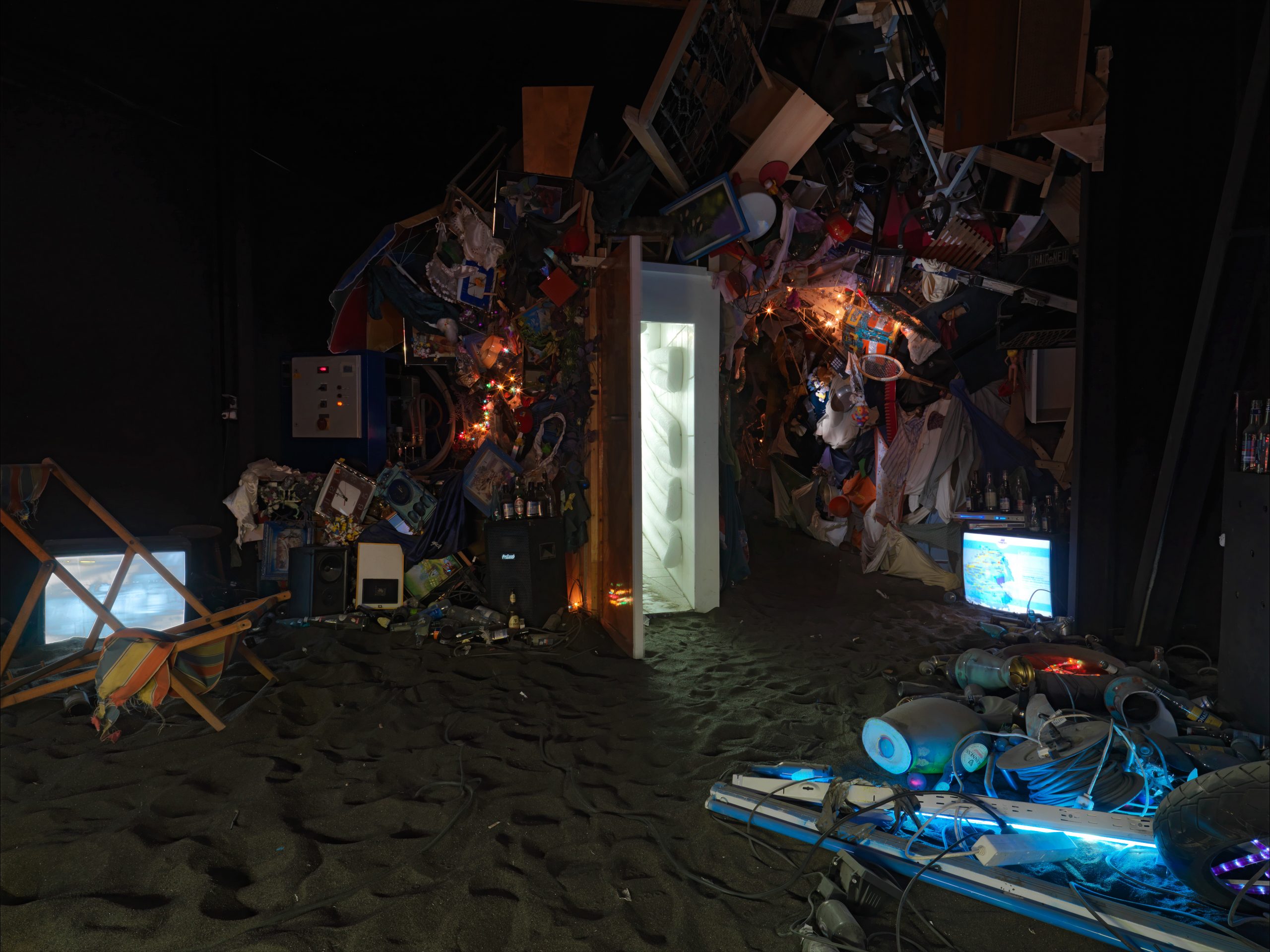How Can You Evaluate The Original Painting Techniques And The Afterimage Used By Conceptual Artists?
The use of unique techniques like painting or afterimages in conceptual art increases its complexity and entices viewers to engage on different levels. Let's analyze these techniques The Original Technique of Painting:
The method that was first used to paint is the traditional technique of applying paint on surfaces or walls by using rollers, brushes as well as other tools. Within the context of a conceptual artwork, the artist may use this method to create an image that serves as the foundation of the work.
The painting might represent a subject, scene or even a concept that can be an inspiration for the viewer. The painting's use of color and composition may evoke specific emotions or thoughts.
Afterimage:
Visual afterimages are an impression that is left after an image or stimulus has been removed. Afterimages can be made in the context of conceptual art by the use of optical illusions, complementary colors or other methods that create a lasting impression on the retina.
The afterimage can alter viewers' perception of the painting in question by adding a layer of meaning or understanding. It can reveal patterns, images or messages that are hidden within the original artwork.
By creating afterimages The artist interacts and engages the viewer, encouraging viewers to think about the relationship of perception and memory, reality and the like.
When we look at the techniques used in original painting, and afterimage used in the creation of conceptual artworks, we can identify the most important elements.
Complexity and Depth. The combination of images and painting creates a piece of art that has multiple dimensions that test the viewer's perception and understanding.
Engagement and Interaction – By adding an afterimage to the work, the artist is inviting viewers to be actively involved with it, exploring hidden layers of meaning.
Transformation and Exploration- The afterimage alters the perception of the viewer of the original painting and encourages them to investigate the connections between perception, memory, and reality.
The original methods of painting and afterimage used in the conceptual artwork add to its depth, complexity, and interactive nature, inviting viewers to be involved on multiple levels, and to explore the hidden layers of meaning and interpretation. Take a look at the top rated full report for framed prints for more tips including art photography, art play, arts in painting, time-based media, arts eyes, prints liverpool, arty photography, paintings of paintings, art of contemporary, art for painting and more.

Image courtesy of artists-anonymous.co.uk. Please visit
How Do You Evaluate The Medium And Materials Used In Painting And Afterimage Conceptual Artwork?
It is crucial to assess the mediums and materials used for painting and afterimage concept art by looking at their function in the creation of artwork and their aesthetic value and how they impact the perception of the viewers. How can we assess the material and medium employed?
The medium is the material used by the artist to create art work. When it comes to conceptual painting, such as afterimage, the usual painting materials comprise oil, acrylic, watercolor or mixed media.
The choice of medium could influence the visual appeal and quality of artwork. It can affect the texture, saturation of color, or surface. Different media offer artists unique possibilities for experimentation and expression.
Assessing the medium involves considering its capacity to communicate the artist's ideas and concepts, as well as its capacity to engage viewer's senses and emotions.
Materials:
Alongside the painting medium, the artist may use a variety of materials to create the afterimage effect. This could be achieved by using complementary colors, filters or other techniques to create a lasting visual experience.
It is important to choose the right materials for the afterimage to increase the impact and efficiency of it. The artist must select materials that will give the visual effect desired, while complimenting the original painting.
Examining the materials requires a careful consideration of their capability to create the desired effect of afterimage, and also their endurance as well as their longevity and environmental impact.
The integration of materials and Mediums:
Integrating the medium of painting and the material used for the afterimage is vital to the overall success of any artwork. Both of them must cooperate to create a a coherent and compelling visual experience.
Assessing the integration of materials and mediums requires examining their interplay to the work, as well as their ability to enhance and amplify the artist's ideas and ideas.
Impact on viewer experience:
Ultimately, the medium and materials used in painting and afterimage conceptual artwork play a crucial influence on the perception of the viewer. They influence the emotional as well as mental response of the viewer by determining how the artwork appears as well as how it feels and is perceived.
It is important to assess the media and materials in relation to the viewers' sensory perceptions, cognitive understanding and emotional engagement.
In the end, evaluating the material and medium used in painting and afterimage conceptual art is about assessing their function, aesthetic characteristics as well as their impact on the experience of the viewer. Through careful analysis of all these components, you'll be able to better understand both the art and the importance. View the best click for source for contempo arts for site recommendations including arty london, art painting, art sculpture, artistic images, artwork and paintings, art painting, printing giclee, art performers, artwork uk, arts newspaper and more.

Image courtesy of artists-anonymous.co.uk. Please visit
What Is The Best Way To Evaluate The Symbolism And Meaning Of Painting Or Conceptual Art That Is Afterimage?
It is important to understand the role of each element such as theme, concept, or idea in the painting or afterimage conceptual artwork. Here are some ways to determine the significance and significance of such artwork.
Examine the visual elements of the art work. This includes color, light and texture. Also, consider the composition. Consider the ways these elements could be utilized to communicate meaning and produce visual effects.
In the case of afterimage effects, make sure to be aware of how the complementary colors, patterns and other visual techniques may create optical illusions in the minds of the viewer.
Themes and Concepts
Understanding the concepts and themes explored in an artwork is essential. These could include concepts related to perception of memory, reality, identity or the nature of art in general.
Think about how these themes or concepts are portrayed in the artwork and how they contribute to the overall message.
Metaphors and Symbolism:
You can find hidden meanings in art by searching for metaphors and symbols. Search for hidden meanings, hidden messages and patterns that are repeated.
Consider how the symbols and metaphors in the artwork contribute to the overall message or concept, and how the viewers will react on an intellectual or emotional level.
Interpretation of Analysis
Study how the visual elements, themes and ideas of an artwork work together to convey an idea or message.
The artwork can be interpreted in a variety of ways, based on how each viewer might interpret its meaning and symbolism.
The overall message:
Think about the significance of the symbolism, significance and message. What are they that can help the viewer appreciate and appreciation for the art?
Think about how the artwork challenges traditional perceptions and interpretations, and encourages viewers to engage with it in a new and exciting way.
Impact on Viewer's Experience
Consider how the symbols and meaning of an artwork can affect the viewers. What elements stimulate the viewer’s feelings, emotions, and intellect?
Think about the ways in which artworks encourage viewers to examine their own beliefs, perceptions, and beliefs. They could be stimulated to consider different perspectives.
In a nutshell, evaluating the significance of symbolism as well as the significance of artworks and conceptual art requires studying and comprehending concepts, visual elements and themes that are incorporated in the artwork. We can better understand the significance and meaning behind the artwork by interpreting it from different perspectives.
